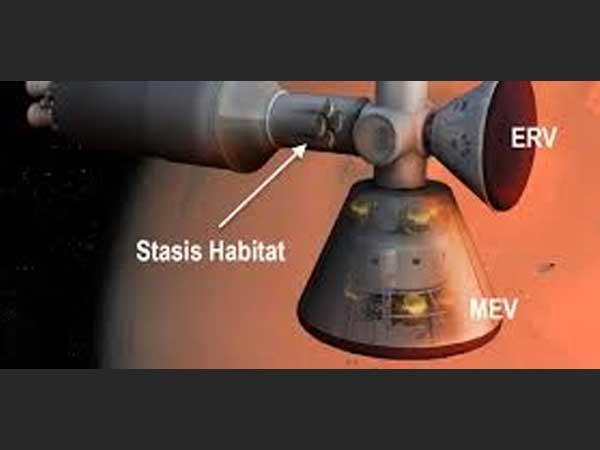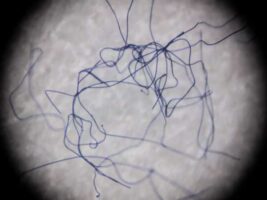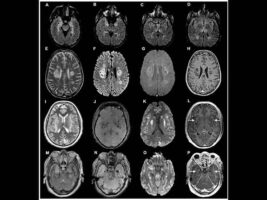AUTHOR: Loura Hall
The idea of suspended animation for interstellar human spaceflight has often been posited as a promising far-term solution for long-duration spaceflight. A means for full cryo-preservation and restoration remains a long way off still. However, recent medical progress is quickly advancing our ability to induce deep sleep states (i.e. torpor) with significantly reduced metabolic rates for humans over extended periods of time. NASA should leverage these advancements for spaceflight as they can potentially eliminate a number of very challenging technical hurdles, reduce the IMLEO for the system, and ultimately enable feasible and sustainable missions to Mars.
SpaceWorks proposes the design of a torpor-inducing Mars transfer habitat and an architectural-level assessment to fully characterize the impact to Mars exploration.
The habitat is envisioned as a very small, pressurized module that is docked around a central node/airlock permitting direct access to the Mars ascent/descent vehicle and Earth entry capsule by the crew. We believe the crew habitat mass can be reduced to only 5-7 mt (for a crew of 4-6), compared to 20-50 mt currently. The total habitat module volume would be on the order of 20 m3, compared to 200 m3 for most current designs.
An end-to-end Mars mission architecture will be evaluated using the new habitat design. For comparison purposes, technology assumptions being used in other ongoing NASA studies will be used. This human-stasis option will then be compared with various Design Reference Architectures (DRAs) to quantify the impact and merits of the approach.



